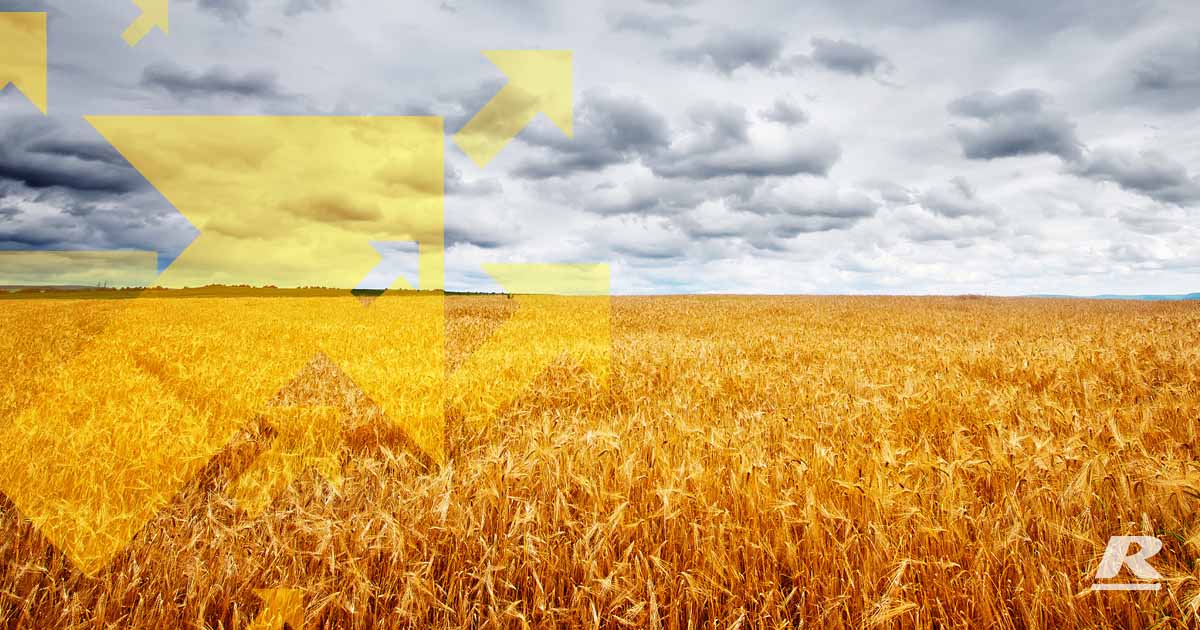COMMODITY UPDATE
Market Observations: November
With harvest underway in Victoria and well over half completed in the North part of the country, we are reminded how no two seasons are the same. 2022 threw up many challenges for regional communities. Extraordinary weather events had pushed crops to the limit, some crops failing altogether due to the unrelenting punishment from Mother nature. In addition to the enormous amount of rain encountered in the second half of the year, hailstorms battered crops, particularly Canola which had already suffered setbacks from a constant barrage of rain. In some key growing regions more than half the Canola crop had been decimated due to these hailstorms.
2022/23 harvest had a delayed start. It’s as if every week the forecast would be delivered with the promise of more rain on the horizon and in decent amounts. As we turned the corner into early November, the expectation of seeing early new seasons Barley became very distant. The crops themselves had enjoyed a soft finish in any case and with more rain forecast, crops were devoid of the baking late Spring days often seen in the more marginal regions this time of year that would turn a crop and prepare it for harvest. Even up to the last week of November, areas of the Mallee that would normally be contemplating the thought of tackling their Wheat crop by now were still only in the early stages of dealing with the Barley harvest.
Fast forward to November 2024 we have largely had a tough lead up to harvest in Vic but this time due to a lack of proper finishing rain and some frost affected areas. While the crop estimates in the South arenot as large as 2023, it has still looked promising at stages albeit the crop was sown late. The crop is coming in early and producing very respectable yields particularly through the Riverina. Some good protein in the traditional growing areas (albeit only a small amount has been harvested at the time of writing) and Barley appears to be making a mix of feed and malting standard in the earlier harvested crops.
The harvest is still showing promise, the grain itself however may have some downgrading in areaslargely due to frost damage and lack of moisture during the filling stage. , I.e., subject to the district, the yields are holding up but with variations of quality. Early Barley moisture levels in parts of NSW have been high and the test weight has dropped. Some of it making its way into a Barley 2 category. For Wheat, early signs have been ok with surprisingly more protein in Southern Queensland and Northern NSW than expected. That said, these expectations are still far lower than what was anticipated 3 months ago. For Wheat being harvested further down in the Central West of NSW, M.I.A and northern Riverina regions, test weight has been ok with yields on track to surpass last years levels.
We enviably look to our cousins in the West again and note the fortunate and remarkable year they will produce just as they did in 2022, 2023 and now 2024. Australia’s biggest exporter CBH will be busy again in 2025.
At the time of writing, the delivered Geelong/Melbourne market for ASW1 Wheat grade is $360 per tonne, SFW1 Wheat grade is approximately $355 per tonne if it is offered for January delivery. Canola is back and forth around the mid $700’s per tonne Geelong Port and early indications of oil content over the base 42% are showing ok prospects, a lot depending on if the crop received the scattered rains in October. Bar1 Barley is trading around the $330 per tonne level into Geelong/Melbourne for January and it will be interesting to see the variations in quality and just how the market will perceive its value.
As always, we wish our farming partners and communities all the very best for 2024/25 harvest season.
To increase your livestock farming gains & expert nutritional feeding advice please call 1300 REID FEED or enquire here >
 Author
Author
Justin Fay
Commodity Manager

 Author
Author